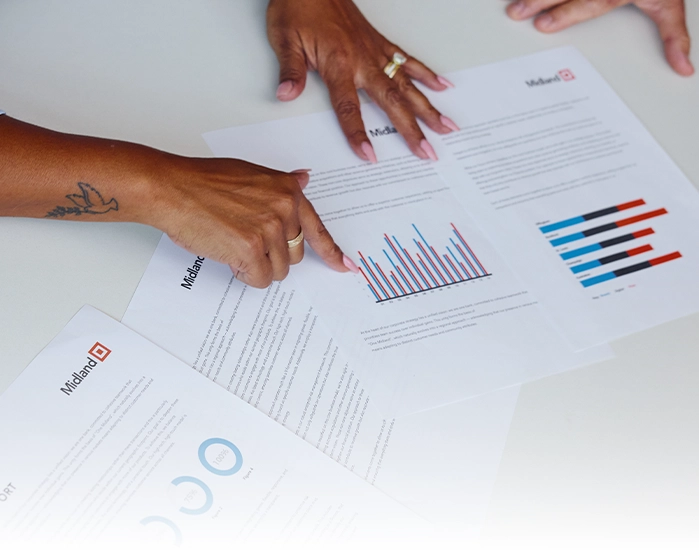What Is a Cash-Out Refinance & How Does It Work?
Feeling overwhelmed by financing options? We’re here to help. Let’s start by understanding what it means to do a cash-out refinance on your mortgage. A cash-out refinance is a way to turn your home equity into cash. If you’re asking, “What is a cash out refinance?” it simply means replacing your current mortgage with a new, larger one and receiving the difference in cash.
How it works:
- Your home is worth more than what you owe on it. That difference is called equity.
- You refinance your mortgage for more than you currently owe.
- You get the extra money in cash at closing (after fees).
- You then start making payments on the new, larger loan.
Cash Out Refinance Example: How It Looks in Practice
This cash out refinance example shows how a homeowner could access $50,000 from their equity, depending on home value, existing mortgage, and lender terms.
If your home is worth $300,000 and you owe $200,000, you might refinance for $250,000. You’d get $50,000 in cash and start paying off the $250,000 loan.
Cash Out Refinance Pros and Cons: What to Know Before You Apply
How a Cash-Out Refi Could Help
- Access to cash: Use your home equity to cover major expenses like home improvements, debt consolidation, or medical bills.
- Potentially lower interest rates: Mortgage rates can be lower than credit cards or personal loans.
- One monthly payment: Instead of juggling multiple debts, you consolidate everything into one mortgage payment.
- Military perk: You can do a cash-out refi on a VA loan if you are an eligible veteran, service member, or qualifying spouse.
What to Consider Carefully
- Larger loan balance: You’ll owe more than before, which could mean higher monthly payments.
- Current Interest Rates: Compare your existing interest rate with the new rate offered through refinancing. If the new rate is higher, consider whether the benefits of refinancing outweigh the long-term cost of a higher rate.
- Closing costs: Just like your original mortgage, refinancing comes with fees and costs.
- Risk to your home: Since your home secures the loan, missed payments could lead to foreclosure.
It’s important to weigh the pros and cons to see if this option supports your financial goals. Need clarity before moving forward? Speak with a Midland States Bank loan professional to understand your options. No pressure, just information.
So, What’s the Process for Getting a Cash-Out Refinance?
Refinancing can feel complex, especially if it's your first time. Here's a breakdown of the typical cash out refinance process so you know what lies ahead:
- Check Your Equity
Find out how much your home is worth and subtract what you still owe on your mortgage. If the number is positive, that’s your home equity and you may be able to use it in a cash-out refinance. - Submit a Loan Application
Lenders review your credit, debt, income, and home details. - Get a Home Appraisal
This determines your home’s current value to finalize how much equity you can borrow. - Underwriting & Approval
Financial documents are verified to ensure you qualify. - Close on the Loan
Your original loan is paid off, and the remaining cash is released to you.
Ready to Apply Today?
Ready to explore your cash-out refinance options? Whether you're planning a home project, consolidating debt, or just want to make the most of your home’s value, Midland States Bank is here to help. Our local lending team is ready to guide you every step of the way. Apply online today to get started.


